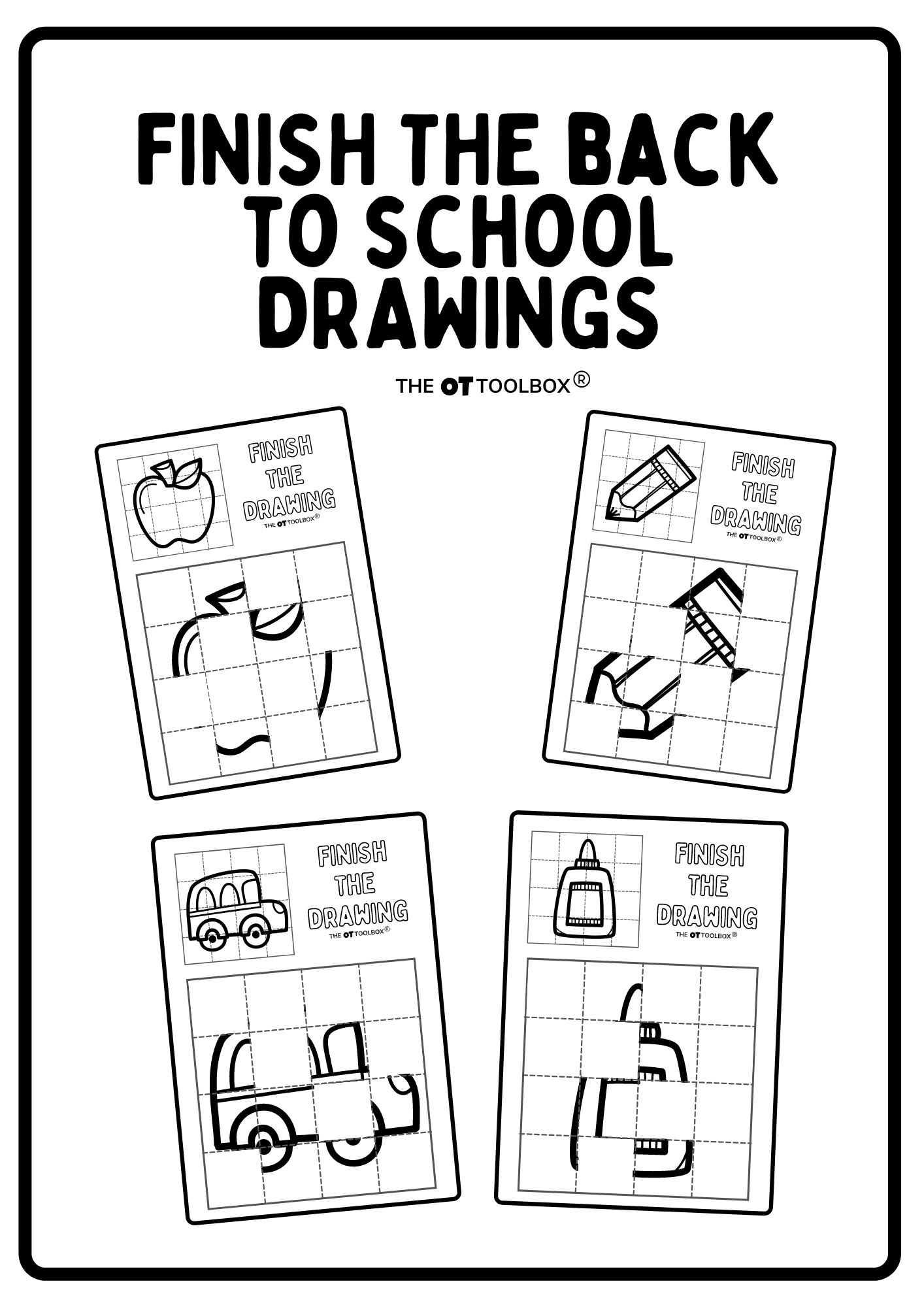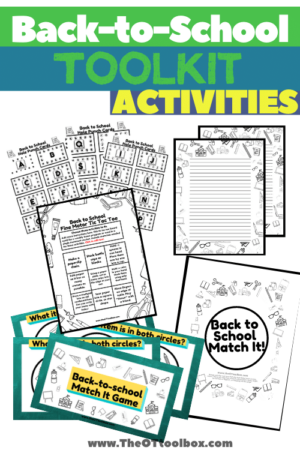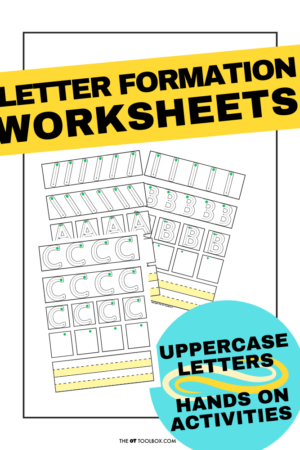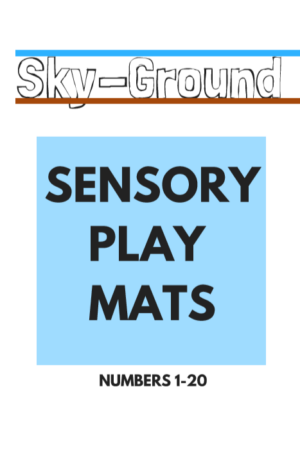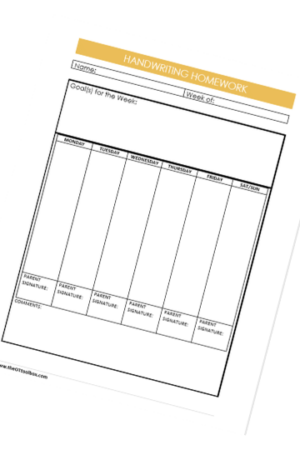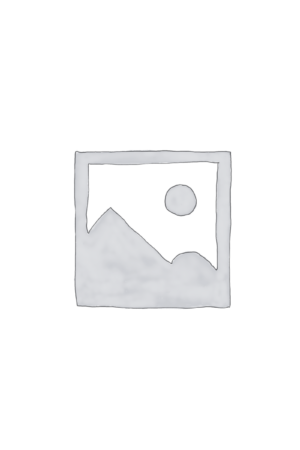Finish the Drawing: Back-to-School
$4.00
Combine back to school themes with drawing and visual perceptual skills, in these fun “finish the picture” printable pages. Four different designs are included in this printable packet, to get students started learning this important drawing skill.
Drawing is an important skill. There are drawing milestones students reach as they learn. While each student may reach their milestones at a different rate, they follow the same progression of skills. These start as young as 12 months when babies learn to make marks on paper, progressing to artistic renderings.
“Finish the picture” drawings combine visual perception as well as visual motor skills. This higher level learning style will challenge learners, while they are learning to drawing familiar pictures.
Description
Finish the Drawing Activities
These back to school “finish the picture” drawings combine visual motor and perceptual skills in one challenging activity.
Visual Motor Skills – combining what is seen visually and what is written motorically. It takes coordination to be able to translate information from visual input to motor output. Coloring, drawing, counting, cutting, and tracing are some visual motor skills.
Visual Perception – making sense of what is seen. There are seven different categories of visual perception. These finish the picture drawings address:
- Visual Attention: The ability to focus on important visual information and filter out unimportant background information.
- Visual Discrimination: The ability to determine differences or similarities in objects based on size, colour, shape, etc.
- Visual Figure Ground: The ability to locate something in a busy background.
- Visual Form Constancy: The ability to know that a form or shape is the same, even if it has been made smaller/larger or has been turned around.
- Visual Closure: The ability to recognize a form or object when part of the picture is missing
Beyond visual motor and perceptual skills, several other tasks can be assessed using these printable pictures:
- Hand strength and dexterity – staying in the lines builds hand muscles and develops muscle control
- Sequencing – will your learner do the squares in order or a haphazard pattern all over the page?
- Proprioception – pressure on paper, grip on pencil
- Social/Executive Function – Following directions, turn taking, task initiation/completion, orienting to details, neatness, multi-tasking, attending to task, and impulse control
- Drawing/writing – correctly fitting the shapes into the size boxes. Spacing, line placement, and directionality are also addressed
- Copying – transferring the written information from one place to another
- Fine motor strengthening, hand development, and grasping pattern
- Bilateral coordination – remembering to use their “helper hand” to hold the paper while writing. Using one hand for a dominant hand instead of switching back and forth is encouraged once a child is in grade school or demonstrates a significant strength in one or the other
- Strength – core strength, shoulder and wrist stability, head control, balance, and hand strength are all needed for upright sitting posture and writing tasks
Modify the pages in the following ways to meet the needs of different levels of learners:
- Laminate the page for reusability. This saves on resources, and many learners love to write with markers! Note: some children love wipe off sheets, while others become upset that they can not take their work with them
- Make this part of a larger lesson plan including gross motor, sensory, social, executive function, or other fine motor skills
- Print in black and white or on colored paper for different levels of difficulty
- Enlarging the font may be necessary to beginning drawing students who need bigger space to write
- Project this page onto a smart board for students to come to the board and write in big form
- More or less prompting may be needed to grade the activity to make it easier or harder
- Learners can explore other games they could make using this activity
- Work in pairs or in a small group to address problem solving, turn taking, and negotiation skills
- Have students write on a slant board, lying prone on the floor with the page in front, or supine with the page taped under the table to build shoulder stability


